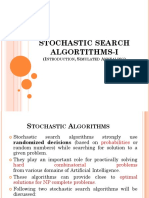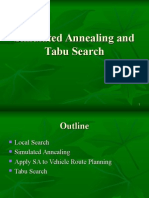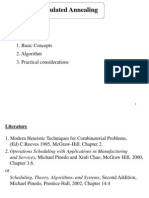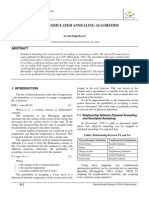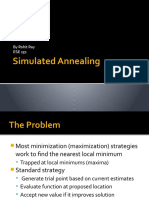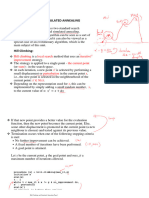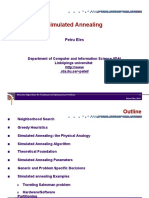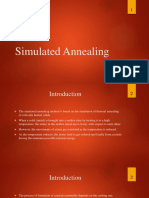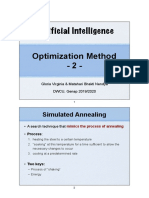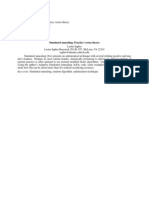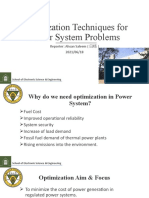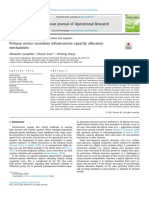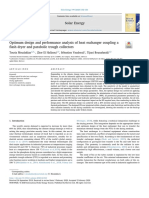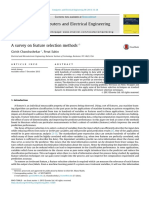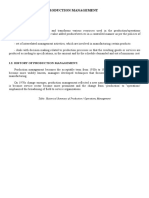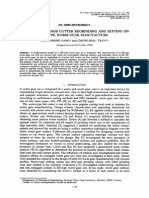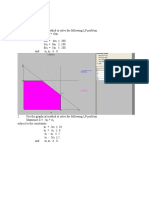0% found this document useful (0 votes)
17 views3 pagesCW1 Lab3 Specification
This document outlines a lab exercise focused on implementing simulated annealing as a meta-heuristic for solving satisfiability problems. Students are required to develop source code, achieve target solution qualities, and submit a report discussing cooling schedules and experimental results. The lab emphasizes the importance of proper parameter settings and warns against plagiarism in academic work.
Uploaded by
Simon Lau Boung YewCopyright
© © All Rights Reserved
We take content rights seriously. If you suspect this is your content, claim it here.
Available Formats
Download as PDF, TXT or read online on Scribd
0% found this document useful (0 votes)
17 views3 pagesCW1 Lab3 Specification
This document outlines a lab exercise focused on implementing simulated annealing as a meta-heuristic for solving satisfiability problems. Students are required to develop source code, achieve target solution qualities, and submit a report discussing cooling schedules and experimental results. The lab emphasizes the importance of proper parameter settings and warns against plagiarism in academic work.
Uploaded by
Simon Lau Boung YewCopyright
© © All Rights Reserved
We take content rights seriously. If you suspect this is your content, claim it here.
Available Formats
Download as PDF, TXT or read online on Scribd
/ 3














